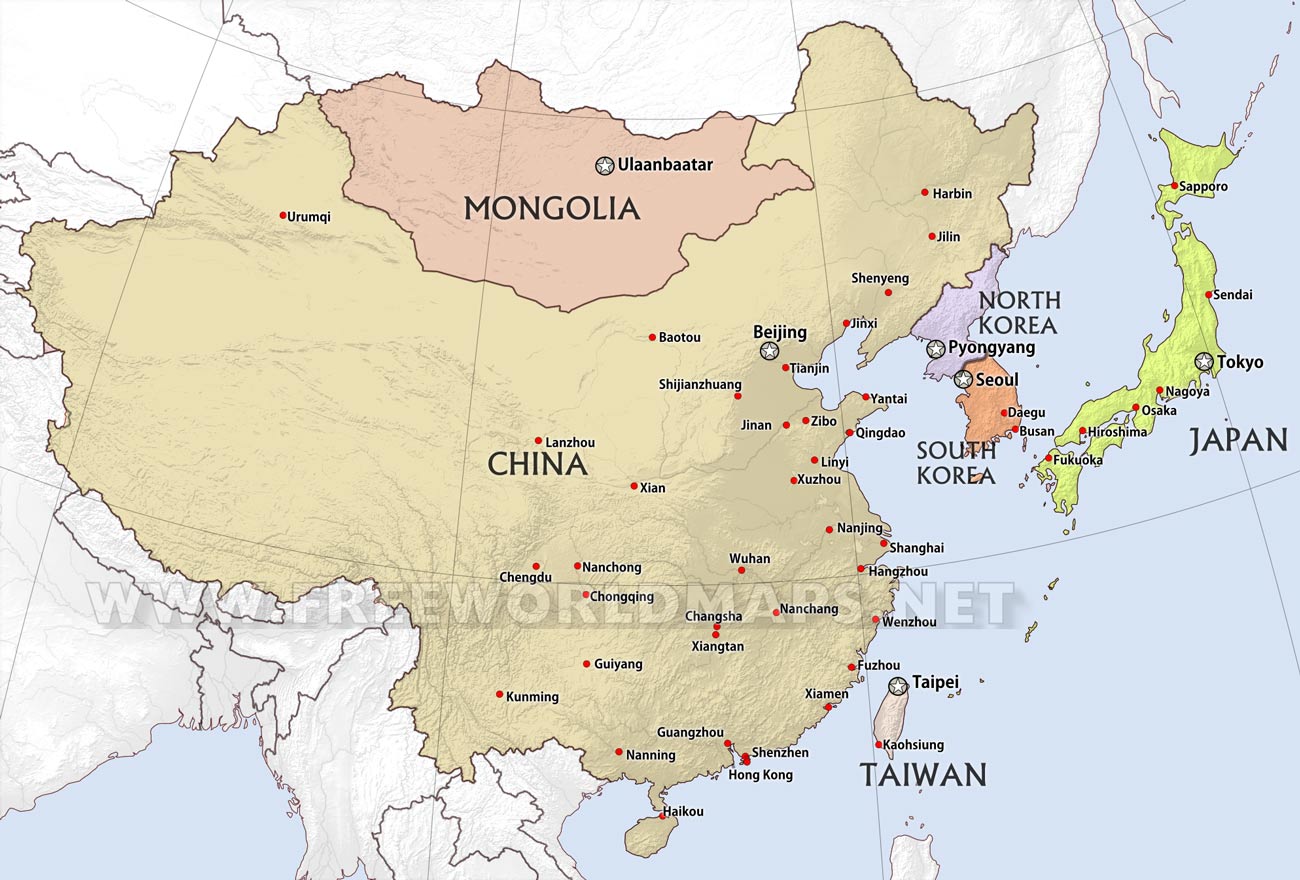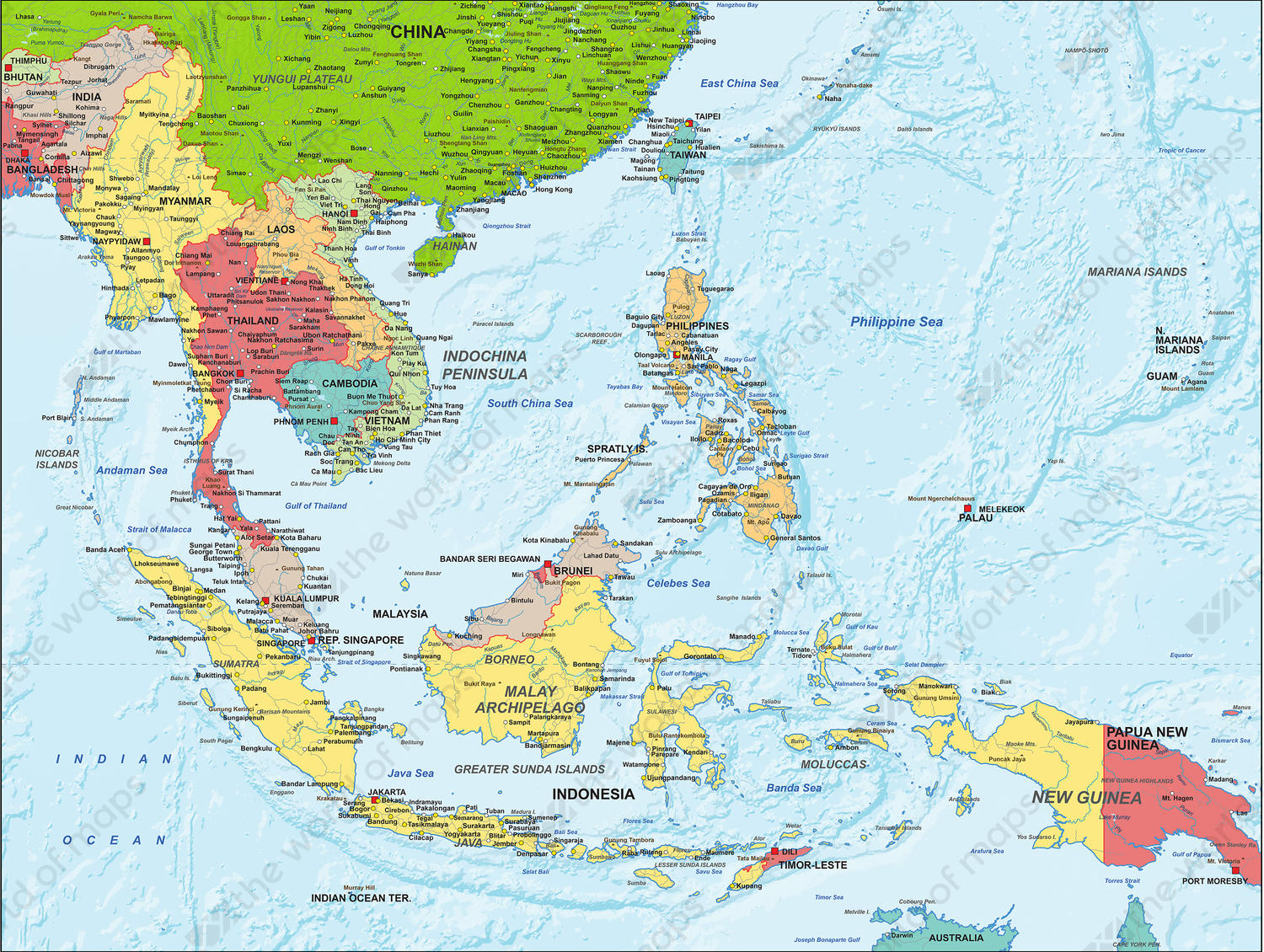

These, among other factors, led some scholars to stress the need for broader regional and historical frameworks. There is also the case of individual authors influenced by different concepts of society and development, which lead to conflicting accounts. Nationalist historians in the region tend to stress the uniqueness of their respective country's tradition, culture, and history because it helps them legitimize their claim over territories and minimize internal disputes. At the present time, East Asian History remains a major field within Asian Studies. In the United States, Asian Americans around the time of the Vietnam War believed that most history courses were Eurocentric and advocated for an Asian-based curriculum. The teaching and studying of East Asian history began in the West during the late 19th century. The study of East Asian history is a part of the rise of East Asian studies as an academic field in the Western world. This is evident in the interrelationship among traditional East Asian civilizations, which not only involve the sum total of historical patterns but also a specific set of patterns that has affected all or most of traditional East Asia in successive layers.īackground Field of study and scope Each of its countries has a different national history, but East Asian Studies scholars maintain that the region is also characterized by a distinct pattern of historical development. Contemporary political map of East Asia (Vietnam is not highlighted here)Įast Asia generally encompasses the histories of China, Japan, Korea, Mongolia, and Taiwan from prehistoric times to the present. From left to right, the arts depicted include the game of Go, Painting, Calligraphy and the Guqin string instrument. The Four Elegant Accomplishments ( kin ki sho ga) by Japanese artist Utamaro depicts the classical Four arts of traditional East Asia.


For the scholarly journal, see East Asian History (journal). This article is about the history of East Asia as a region.


 0 kommentar(er)
0 kommentar(er)
